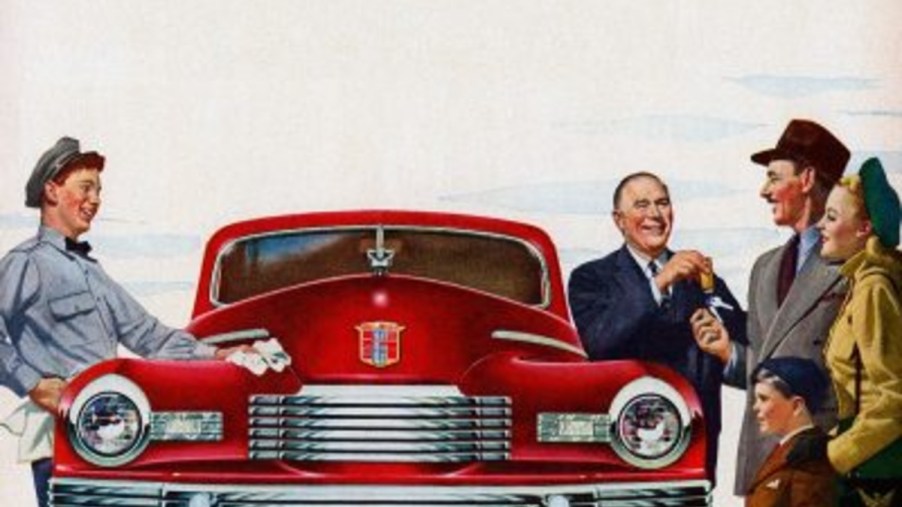
What Are Dealer Destination Charges and Why Are They Going Higher?
There’s a price for every vehicle. But then there’s a separate price called a “destination charge” or “destination fee” that is part of the price. What is that and why isn’t it just wrapped into the MSRP for the vehicle at the car dealership? And, have you noticed how they’re going higher rather quickly? What’s going on?
Why are destination charges not part of the MSRP?
Destination charges have always been an oblique fee. It seems like it is a transportation charge, that is the cost to ship a car from where it is assembled to the dealer. But there are already transportation charges as a separate fee. So then, what is the destination charge?
Some manufacturers say the fee is not so much for the actual transportation of your vehicle. Instead, it’s because fewer vehicles can be shipped on a transporter because they’re SUVs and trucks. They’re larger, which means less of them fit onto the transporter. So the fee makes up the difference between shipping say, eight cars in a single load versus six SUVs and trucks. That still doesn’t explain why it is a separate charge instead of just being baked into the bottom line.
Some manufacturers have really jacked up destination fees over the past few years. And none are willing to break down those costs according to Consumer Reports. The vague answer for rising destination fees is that shipping has gotten more expensive. The manufacturers try to average out the shipping costs so that one region doesn’t get hit with higher sticker prices than others.
Destination charges are just a quick way to get more out of the customer

Consumer Reports also says that most consumer advocates come right out and say that destination charges are just a quick way to get a few more dollars out of the customer. That’s because of the vague nature of those charges, and that all other consumer products have transportation charges baked into the price, except new cars. So it is just a money grab and a way to get more money without having to raise the MSRP for the vehicle.
There is no negotiating on the destination charge. It is just a pass-through charge imposed by the manufacturer. Consumer Reports suggests you ignore the charge as a separate fee. Instead, negotiate on the bottom line price. You already do that with options. You don’t negotiate around each option but instead, negotiate with all of the options combined.
So consider negotiating on the combined price plus fees. That’s what you’ll end up paying anyway. There aren’t separate payments for different parts of the car. It’s all just one big happy payment. So keep your eye on the bottom line and make sure you understand that destination fees, sales tax, and service contracts are part of your bottom line.



